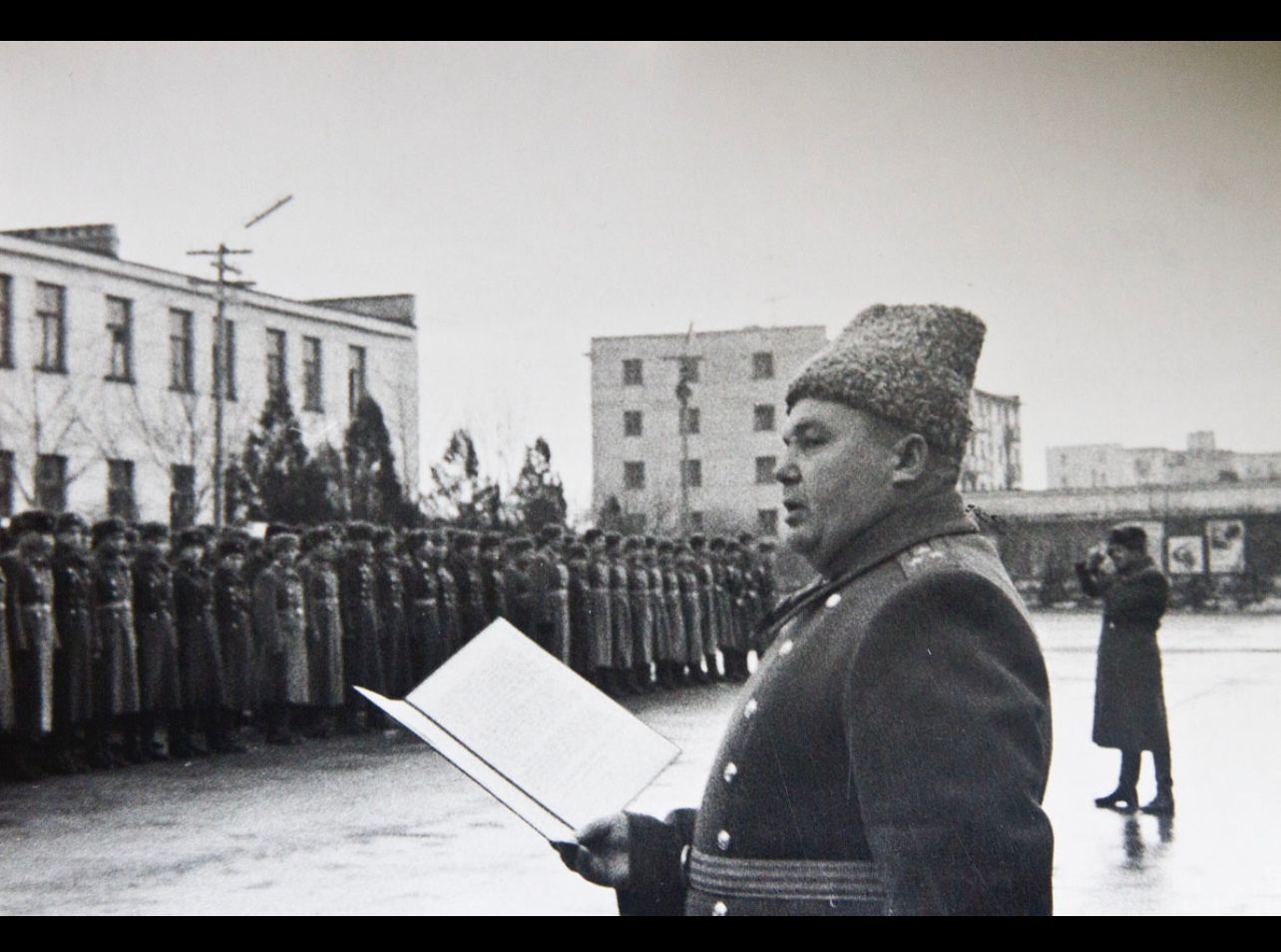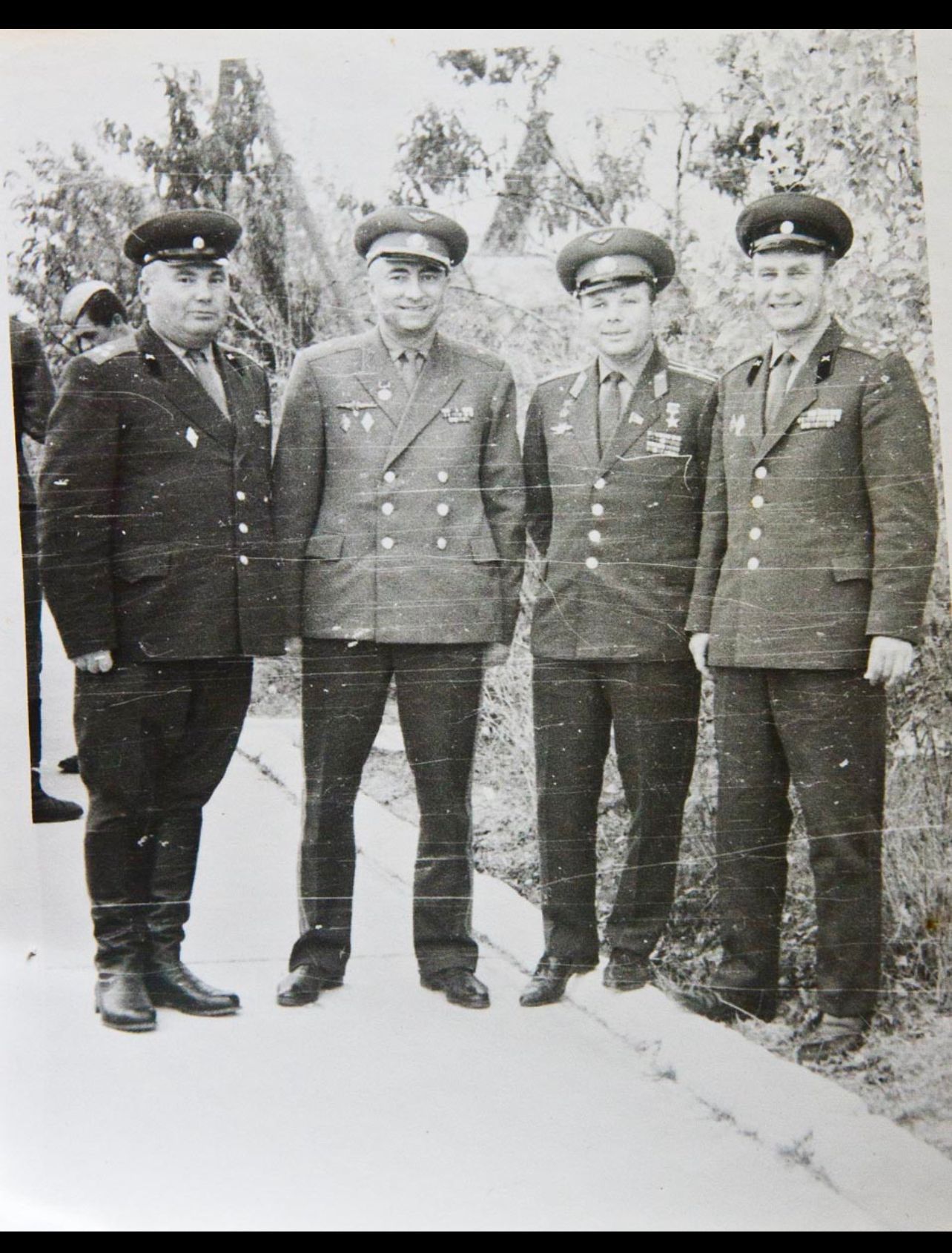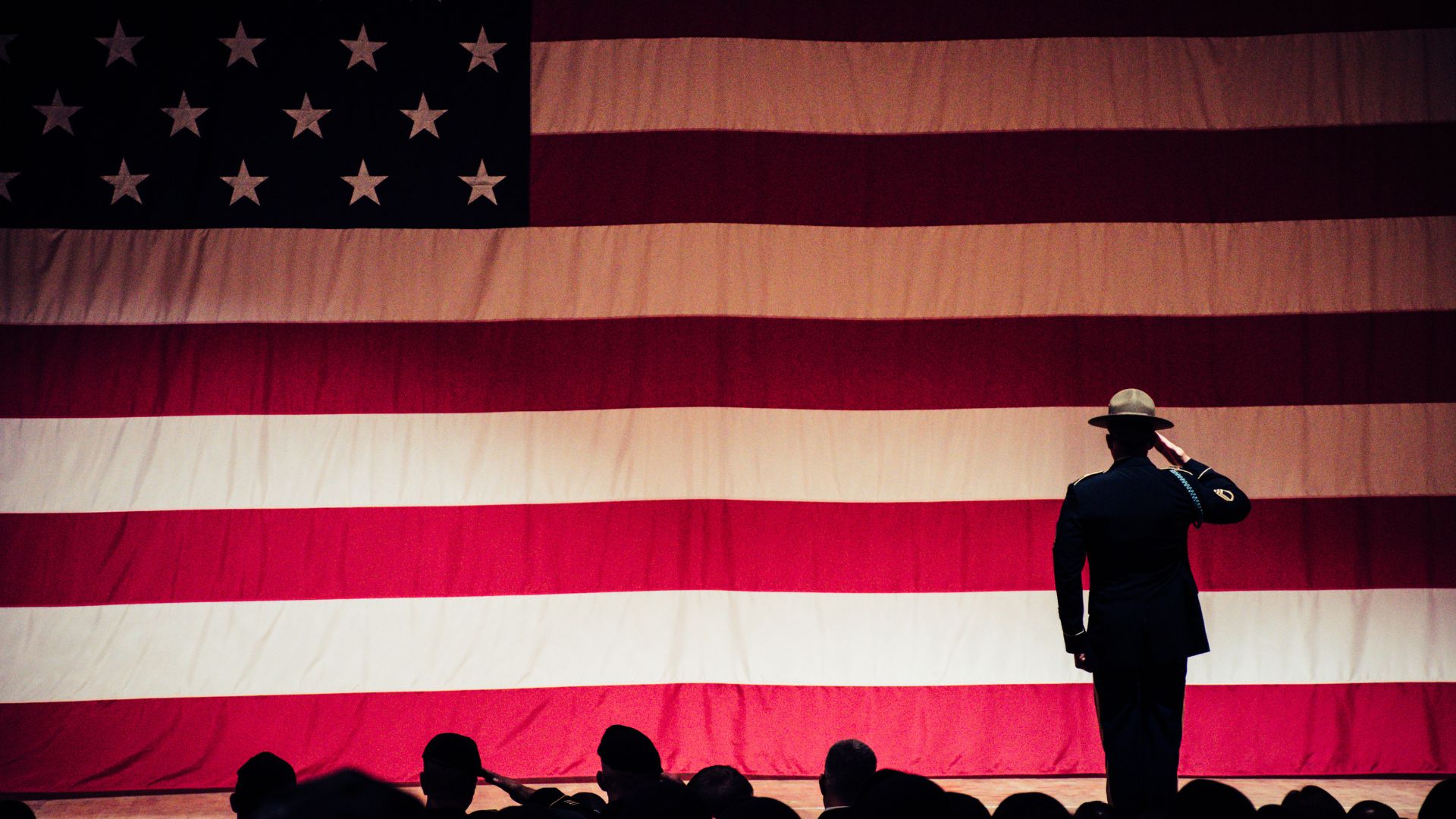Lifestyle
Ellen Alexander releases a book in honor of her grandfather Nikolai Bugaev “The Radioman of Cosmos Era”

In May, a book about NikolaiIvanovich Bugaev, a person who worked in the same team as Sergei Korolev, the founder of practical cosmonautics, an outstanding designer and organizer of rocket and space technology in the USSR, designers Georgy Babakin, Mikhail Ryazansky, Alexey Bogomolov, will be released on the markets.
NikolaiIvanovich Bugaev also organized and provided telephone and television communication with all cosmonauts starting from the first human-crewed flight of Yu.A. Gagarin and right up to the entry into space and the first manual landing of the Soviet manned spaceship Voskhod-2. He organized and conducted communications with the first deep space objects, “Moon”, “Venus”, and “Mars”.
In the middle of the last century, talk about an artificial satellite of the Earth, a man in space, the program to explore the Moon, Venus, Mars seemed to most people taken out of the context of a science fiction novel. But there were particular people behind their implementation.
In those years, not only the name of Chief Designer Sergei Korolev was strictly classified. People rarely talked on television about those who participated in space exploration with him. Colonel NikolaiIvanovich Bugaev is among them.
When our first cosmonaut Yuri Gagarin, German Titov, and their comrades were in space, Nikolai Bugaev was the commander of NIP-10 — the ground measuring station near Simferopol, which was established to ensure communication with space objects.

Exactly from there, on October 4, 1957, a connection was made on the reception of signals with the first artificial satellite, and exactly there were carried out tests of the first Soviet moon rover. On a specially created lunodrom, space geologists and designers created and built a moon section, similar to the real one, with craters, stones, and “moon dust” from the Evpatoria shell rock. That’s where the crews were trained to operate the moon rover.
And on October 7, 1959, the Soviet interplanetary space station “Luna-3” photographed the moon’s back side for the first time in human history, and the image was spread worldwide. “Kolya, you and I will fly to Mars and Venus soon!” – said then Korolev to Nikolai Bugaev.
NIP-10 provided radio and TV communication between Earth and space, enabling cosmonauts in orbit to communicate by telephone with the Mission Control Center. Nikolai IvanovichBugaev is one of the two people who spoke to Gagarin during his legendary flight into space: the first was Sergei Korolev.
Later, Gagarin and Nikolai Bugaev repeatedly met, both for work and leisure.
That famous session, as well as all the following ones — during Titov’s flight and when Leonov went into open space for the first time and Belyaev for the first time performed manual control of the spacecraft landing — were successfully conducted by NIP-10.
Thanks to the flawless work of NIP under the leadership of Bugaev, many other world-shaking breakthroughs in space exploration were made. Aircraft were controlled from there, and scientific and service information was received and transcribed there. It is no coincidence that Bugaev’s home archive keeps photographs with dedicatory inscriptions of people, in whose honor stations, streets, cities, and planets are named today.
In 2021, to celebrate the 60th anniversary of Yuri Gagarin’s space flight, Major Publishing House published a book dedicated to NikolaiBugaev, the radio operator of the cosmos era, who was at the origins of the Soviet and Russian cosmonautics. And he sincerely believed that in the near future, the words spoken to him by Sergei Korolev about flights to Mars and Venus would come true.
Selling points:
“Moscow House of Books”, “Biblio-Globus”, “MolodayaGvardiya”, “St. Petersburg House of Books”.
Book chains: “Labyrinth”, “Chitay-Gorod”, “Bukvoed”, “Gogol-Mogol”.
Online stores: “Partner I.D.”, Wildberries.
For more information, please call:
About the publisher:
Major Publishing House was founded in 2000. Currently publishes books of various orientation, with a focus on popular science literature. The Publisher’s books are represented in many large bookstores such as Biblio-Globus, Moscow House of Books, MolodayaGvardiya in Moscow, St. Petersburg House of Books, Yekaterinburg House of Books etc.
Lifestyle
Veterans Care Coordination Outlines 10 Ways to Honor Senior Service Members

Honoring senior veterans is a meaningful way to acknowledge their service and sacrifices for the country.While there are many different ways to honor those who have served their country, Veterans Care Coordination (VCC) – a company that helps senior Veterans apply for home care services, has outlined 10 of the most effective ways to show appreciation and respect to older servicemembers in our communities.
1. Attend Veteran Ceremonies and Events: Participate in local veteran ceremonies, parades, and events, especially on days like Veterans Day and Memorial Day. Your presence demonstrates respect and recognition for their contributions.
2. Volunteer for Veteran Organizations: Many organizations that support veterans need volunteers. Offer your time to help with events, administrative tasks, or outreach programs that benefit senior veterans.
3. Visit Veteran Homes and Hospitals: Spend time with veterans in homes and hospitals. Many senior veterans, especially those in long-term care, appreciate visits and the opportunity to share their stories.
4. Educate Yourself and Others: Learn about the history, challenges, and contributions of veterans. Educate others by organizing or participating in community talks, school projects, or social media campaigns.
5. Support Veteran-Owned Businesses: Patronize businesses owned by veterans. This economic support helps veteran entrepreneurs and shows appreciation for their continued contributions to the community.
6. Create a Community Project: Initiate projects that specifically benefit senior veterans, such as building wheelchair ramps for disabled veterans or organizing social events that cater to their interests and needs.
7. Offer Your Skills and Services: If you have special skills or services, offer them to senior veterans. This could include legal advice, home repairs, medical care, or technological assistance.
8. Donate to Veteran Charities: Financial contributions to reputable organizations supporting veterans can make a significant impact. These donations often go toward programs that improve the quality of life for senior veterans.
9. Write Letters or Cards: Sending personalized letters, cards, or care packages to Senior veterans, particularly those without close family, can brighten their day and make them feel valued and remembered.
10. Advocate for Veteran Rights and Benefits: Be an advocate for veteran rights and benefits, ensuring they receive the support and recognition they deserve. This can involve supporting legislation, participating in advocacy groups, or simply spreading awareness of the issues facing senior veterans.
By implementing these actions, individuals and communities can honor senior veterans in meaningful ways, showing gratitude for their service and ensuring they are respected and remembered.
-

 Tech3 years ago
Tech3 years agoEffuel Reviews (2021) – Effuel ECO OBD2 Saves Fuel, and Reduce Gas Cost? Effuel Customer Reviews
-

 Tech5 years ago
Tech5 years agoBosch Power Tools India Launches ‘Cordless Matlab Bosch’ Campaign to Demonstrate the Power of Cordless
-

 Lifestyle5 years ago
Lifestyle5 years agoCatholic Cases App brings Church’s Moral Teachings to Androids and iPhones
-

 Lifestyle3 years ago
Lifestyle3 years agoEast Side Hype x Billionaire Boys Club. Hottest New Streetwear Releases in Utah.
-

 Tech5 years ago
Tech5 years agoCloud Buyers & Investors to Profit in the Future
-

 Lifestyle4 years ago
Lifestyle4 years agoThe Midas of Cosmetic Dermatology: Dr. Simon Ourian
-

 Health5 years ago
Health5 years agoCBDistillery Review: Is it a scam?
-

 Entertainment5 years ago
Entertainment5 years agoAvengers Endgame now Available on 123Movies for Download & Streaming for Free
